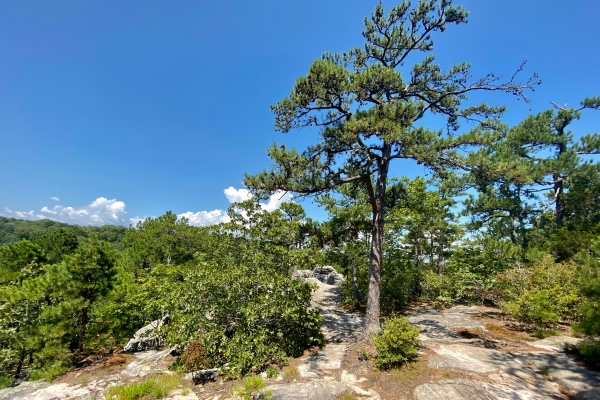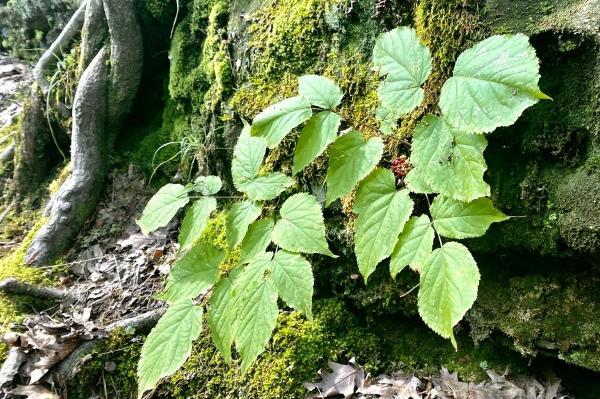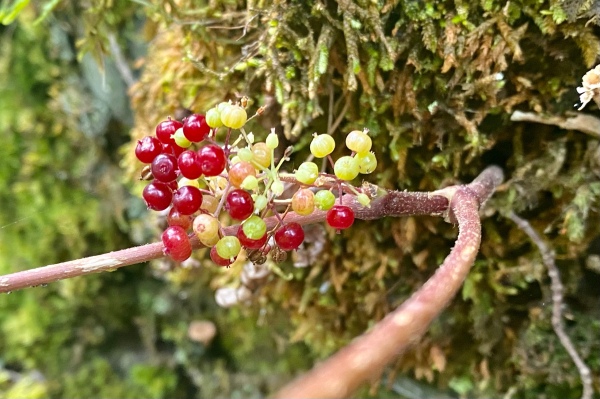
The forecast over the weekend called for possible rain, so the WGNSS Botany Group chose a location close to home in case we got rained out. I would have never thought of Creve Coeur Park as a place to botanize, but the environs surrounding the lakes, particularly Mallard Lake, get good moisture and have been allowed to revert to semi-native vegetation (with a few significant exotic invasives) for many years now. We first examined a few native garden plantings near the parking lot and saw several things not typically found in this part of the state, but the most interesting to me was Liatris scariosa (savanna blazingstar), one of our less common species, and it’s large fantastically showy blooms.


Eupatorium serotinum (late boneset) was blooming profusely along the margins of the lake—I scanned the flowers for a while hoping to see some interesting beetles, with several Euphoria leucographa (a common flower chafer) being the only beetles seen. As I looked, I enjoyed Steve’s explanation of the common name of late boneset compared to another common Missouri species, Eupatorium altissimum (tall boneset)—the former actually blooms later than “late boneset,” and the latter is actually as tall as “tall boneset”!
Further along the lake margin we found a stand of “Helianthus” sunflowers, but these proved to be the lookalike Heliopsus helianthoides (false sunflower)—I’d been fooled by their straight yellow color versus the orange-yellow color that is more typical of the species. A good character to distinguish this species when the color is not diagnostic is the double-rank of phyllaries on the underside of the flower head, with the inner ones short and rounded and the outer ones long and pointed-recurved.



There is also another easy way to distinguish false sunflower—by noting the presence of Lygaeus turcicus (false milkweed bug, also called the heliopsis bug), a close relative of L. kalmii (small milkweed bug) which looks very similar to the latter but, as indicated by the common name, feeds exclusively on false sunflower instead of milkweed. We eventually found several of the bugs (which, sadly, did not cooperate for photos), further confirming our identification of the plants.
We diverted to a dry, sandy spot under the bridge to check out some ant lion pits. Also called “doodlebugs,” these relatives to lacewings are surely the inspiration for the brain-eating “Ceti eels” in Star Trek: The Wrath of Khan! In the area, a super-fresh Limenitis arthemis astyanax (red-spotted purple) probed for salts on the ground, posing beautifully for a few photos.

Walking along the trail north of Mallard Lake, we saw two species of vining plants: Amphicarpaea bracteata (hog peanut), and Apios americana (groundnut). Both of these plants belong to the bean family (Fabaceae) and have underground edible portions—the former in the form of peanut-like fruits formed from self-fertilizing, “cleistogamous” flowers that bloom near the ground (or even underground), and the latter in the form of tubers that form like strings of beads along the underground rhizomes of the vine. Both were important food sources for indigenous cultures. I’ve never seen either of these species in bloom (the flowers of groundnut, in particular, were unlike any other I’ve seen), so it was nice to be able to compare them on plants growing nearly side-by-side.





Walking back towards the cars, we had one more “DYC” (damned yellow composite) to test our ID skills. Fortunately, Helenium spp. (sneezeweed) are easily distinguished from other DYCs by their wedge-shaped ray florets with lobed tips and protuberant, nearly spherical disks. Helenium autumnale (common sneezeweed) is identified to species by its combination of yellow disk florets and broad leaves attached to a conspicuously winged stem.



By the time we reached our cars, I was as hungry, sweaty, and thirsty as I’ve ever been on one of these walks. My thirst and appetite for knowledge, however, were, for the moment, completely satiated.

©️ Ted C. MacRae 2021










